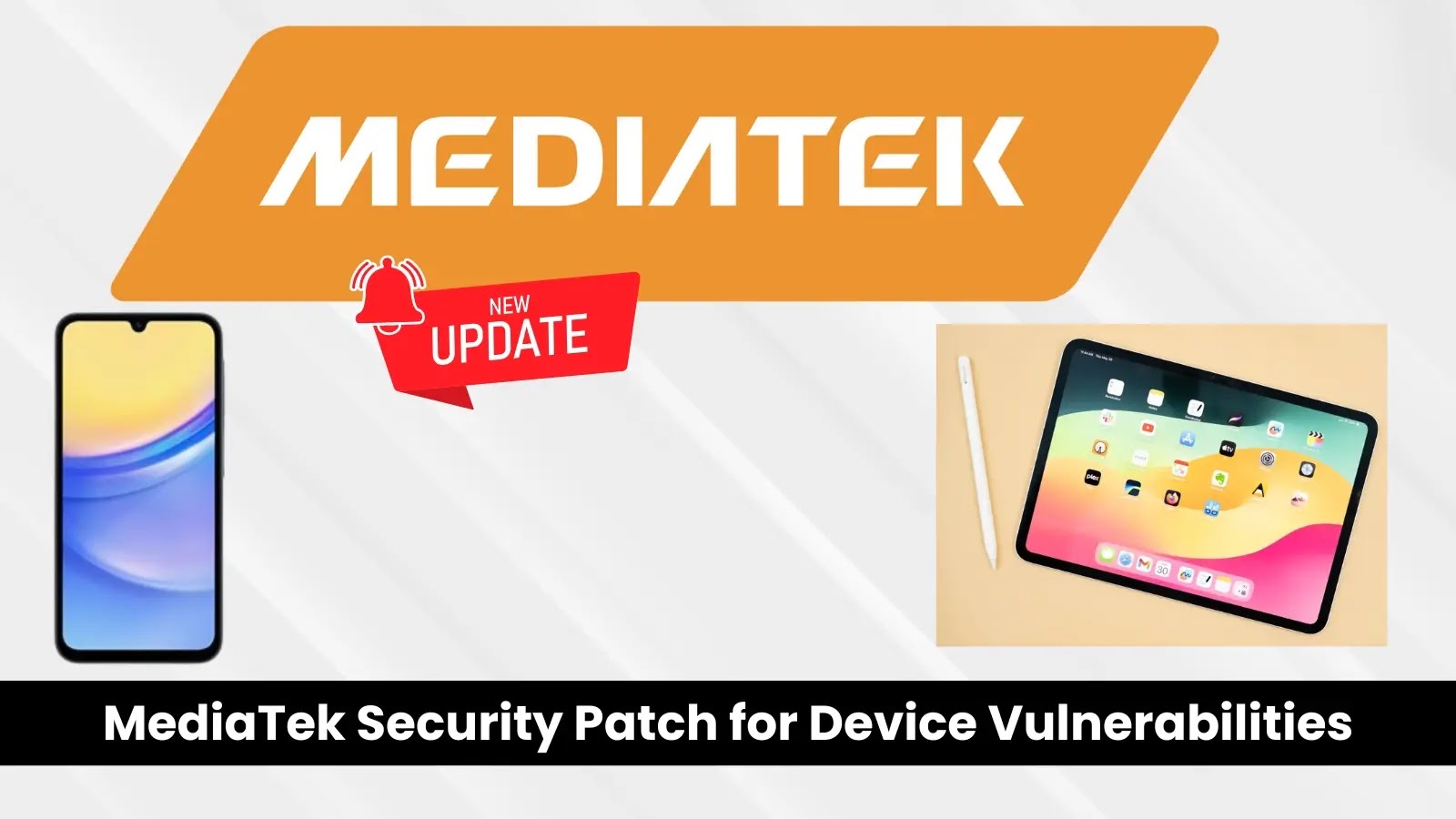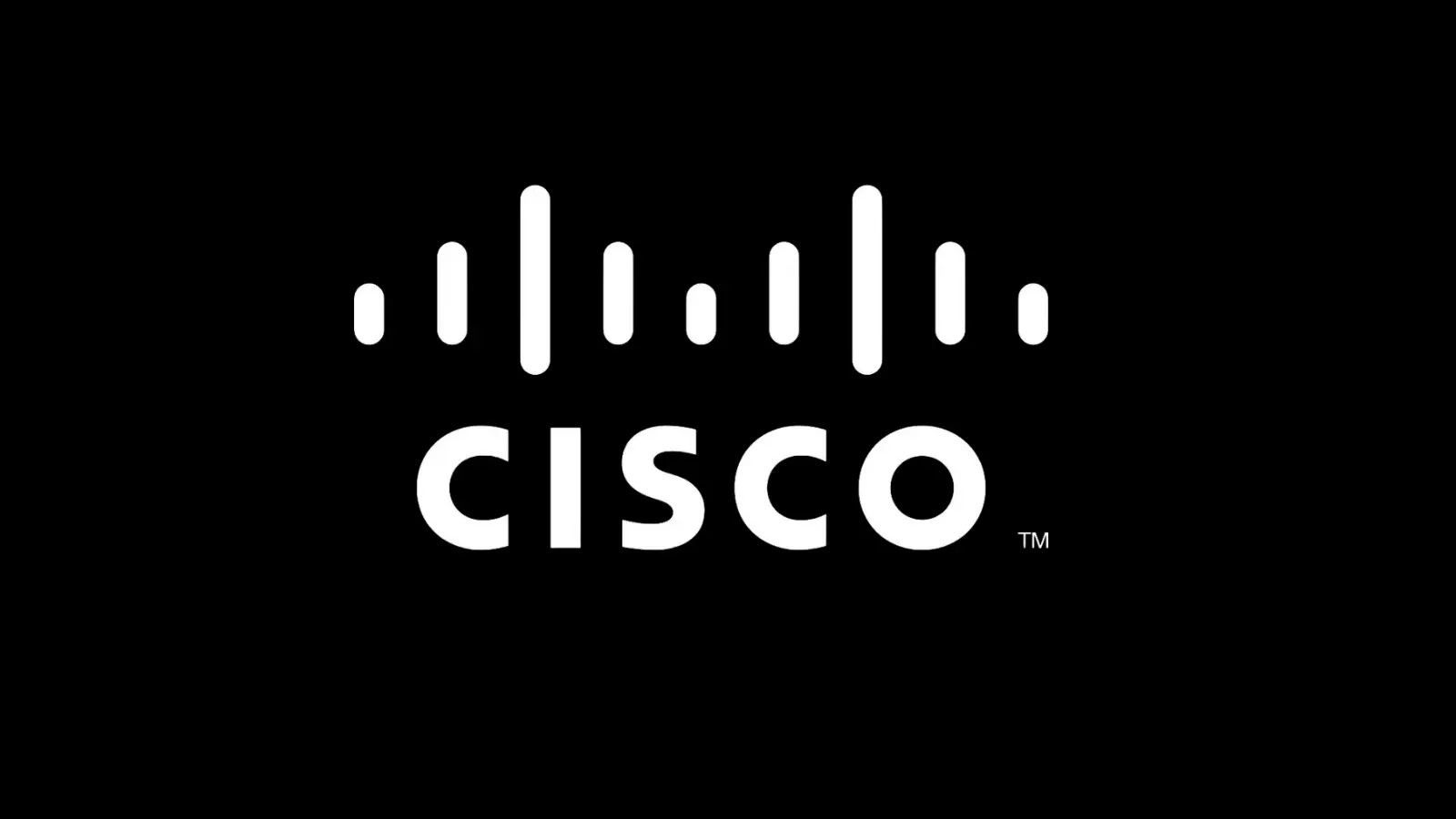A highly sophisticated SMS phishing campaign, attributed to a cybercriminal group known as the Smishing Triad, has emerged as a significant global cybersecurity threat. This operation has rapidly escalated, targeting users across more than 121 countries by impersonating trusted entities in sectors such as banking, healthcare, law enforcement, e-commerce, and government services.
Evolution of the Campaign
Initially, the Smishing Triad’s activities were sporadic, often involving isolated incidents like fraudulent toll violation notices. However, since January 2024, the campaign has expanded dramatically. Analysts from Palo Alto Networks have identified an extensive network comprising 194,345 fully qualified domain names across 136,933 root domains. This vast infrastructure underscores the operation’s scale and the cybercriminals’ commitment to maintaining a persistent and widespread attack vector.
Sophisticated Infrastructure and Evasion Techniques
The Smishing Triad employs advanced tactics to evade detection and prolong the effectiveness of their phishing campaigns:
– Rapid Domain Cycling: The group registers and cycles through thousands of domains daily. Notably, 29.19% of these domains remain active for two days or less, and 71.3% are active for under a week. This rapid turnover makes it challenging for security systems to blacklist malicious domains promptly.
– Strategic Domain Registration: The majority of these domains are registered through Dominet (HK) Limited, a Hong Kong-based registrar, and utilize Chinese nameservers for DNS infrastructure. Despite this, the actual hosting infrastructure is concentrated within U.S. cloud services, particularly within autonomous system AS13335 on the 104.21.0.0/16 subnet. This geographical dispersion complicates efforts to trace and mitigate the attacks.
– Deceptive Domain Naming Conventions: The domains often follow hyphenated string patterns, such as gov-addpayment.info or com-posewxts.top, designed to deceive users and evade casual inspection.
Delivery Mechanisms and Social Engineering
The delivery methods of the Smishing Triad have evolved to enhance the credibility and reach of their phishing messages:
– Transition to Direct SMS Delivery: While early attacks utilized email-to-SMS features through platforms like iMessage, the group has shifted to direct phone number-based delivery. Messages predominantly originate from Philippine international codes (+63) and U.S. numbers (+1), lending an illusion of legitimacy to the recipients.
– Sophisticated Social Engineering: The phishing messages are meticulously crafted, incorporating targeted personal information and technical jargon to establish urgency and credibility. This approach increases the likelihood of recipients falling victim to the scam.
Phishing-as-a-Service (PhaaS) Ecosystem
The Smishing Triad operates within a comprehensive Phishing-as-a-Service ecosystem, leveraging a highly specialized supply chain to streamline and scale their operations:
– Data Brokers: Sell target phone numbers, providing the raw data necessary for targeted attacks.
– Domain Sellers: Register disposable domains used in phishing campaigns, facilitating rapid domain cycling.
– Hosting Providers: Maintain the backend infrastructure, ensuring the phishing sites remain operational.
– Phishing Kit Developers: Create frontend interfaces and credential harvesting dashboards, enabling the collection of sensitive information.
– SMS Spammers: Deliver messages at scale, ensuring widespread dissemination of phishing attempts.
– Liveness Scanners: Verify active phone numbers, optimizing the efficiency of the campaign.
– Blocklist Scanners: Monitor domain reputation to trigger rapid asset rotation, maintaining the campaign’s effectiveness.
Implications and Recommendations
The scale and sophistication of the Smishing Triad’s operations highlight the evolving nature of cyber threats and the need for robust defenses:
– Enhanced Detection Mechanisms: Organizations should invest in advanced threat detection systems capable of identifying and mitigating rapidly evolving phishing campaigns.
– User Education: Continuous education on recognizing phishing attempts, especially those employing social engineering tactics, is crucial.
– Multi-Factor Authentication (MFA): Implementing MFA can provide an additional layer of security, reducing the risk of unauthorized access even if credentials are compromised.
– Regular Monitoring: Organizations should monitor for unusual activities and conduct regular security assessments to identify and address vulnerabilities.
By understanding the tactics employed by groups like the Smishing Triad and implementing comprehensive security measures, individuals and organizations can better protect themselves against these pervasive and evolving threats.



